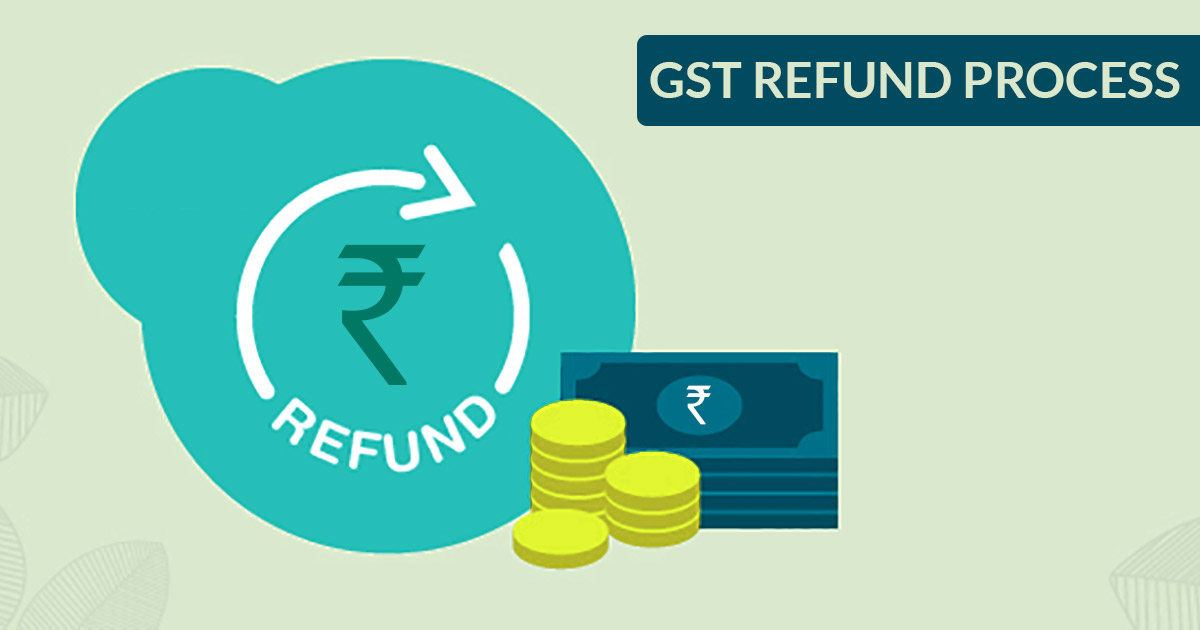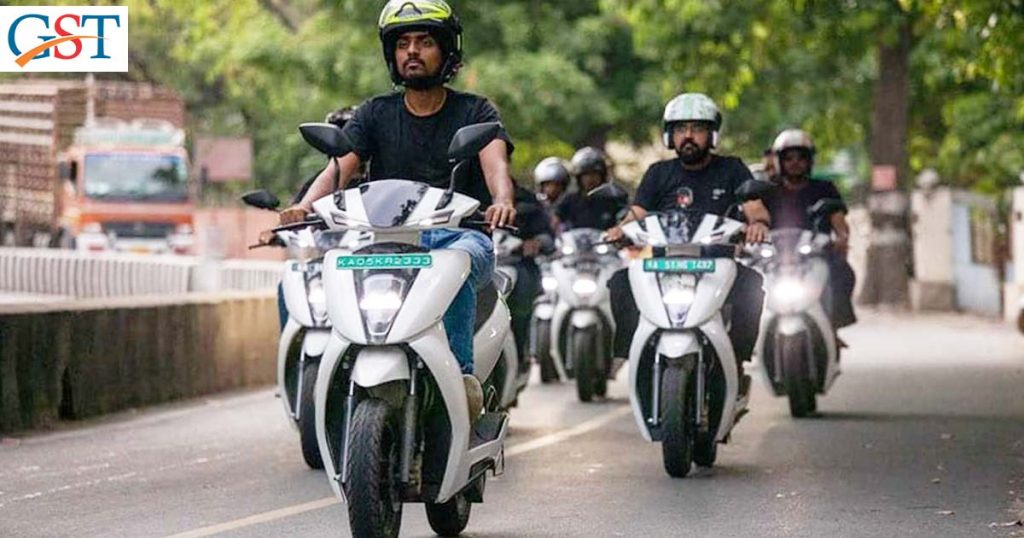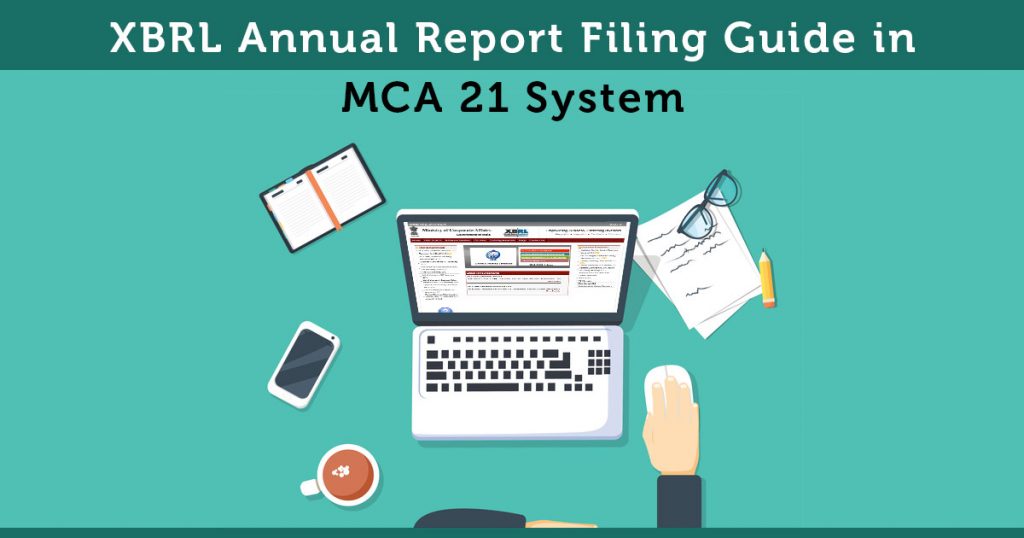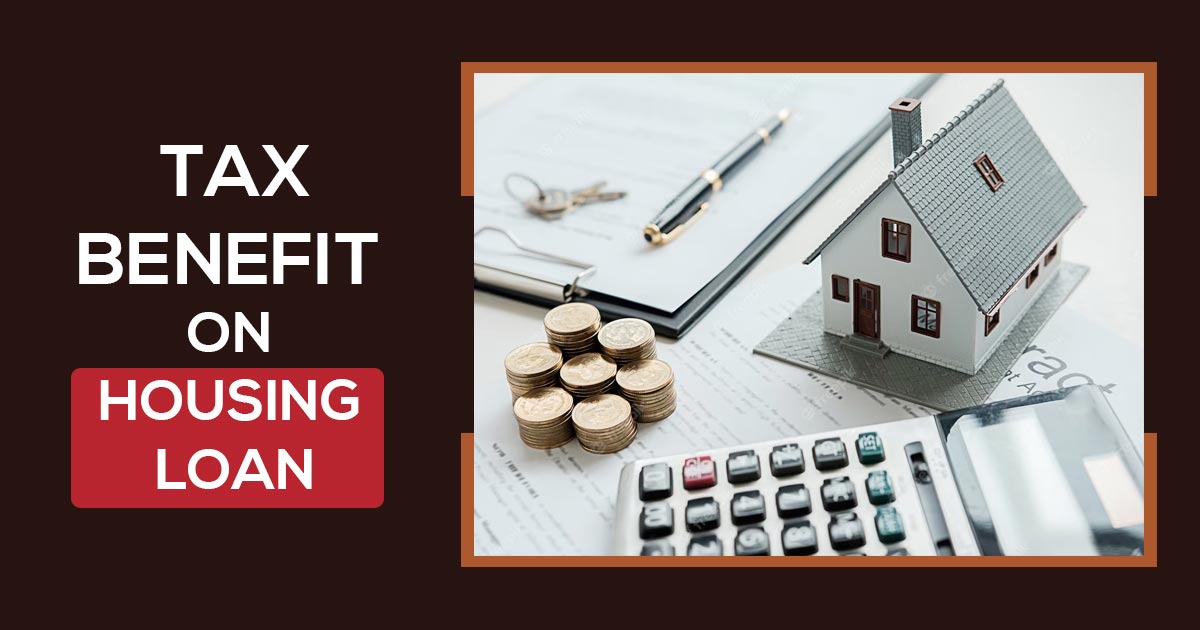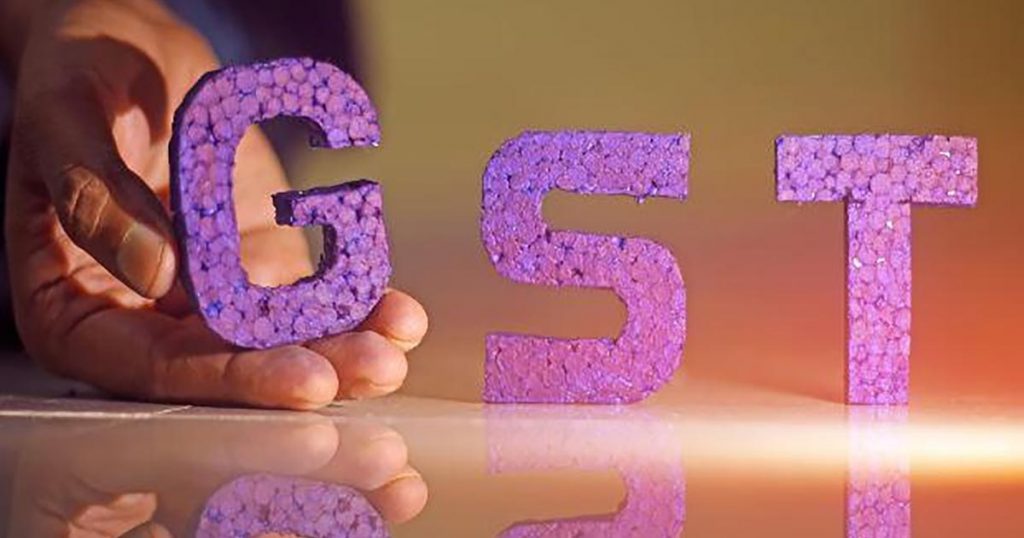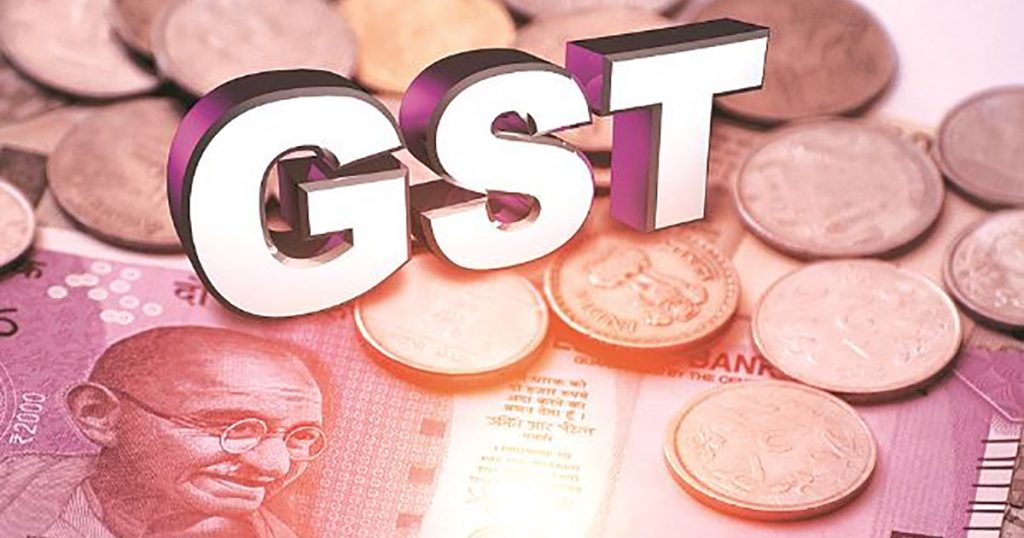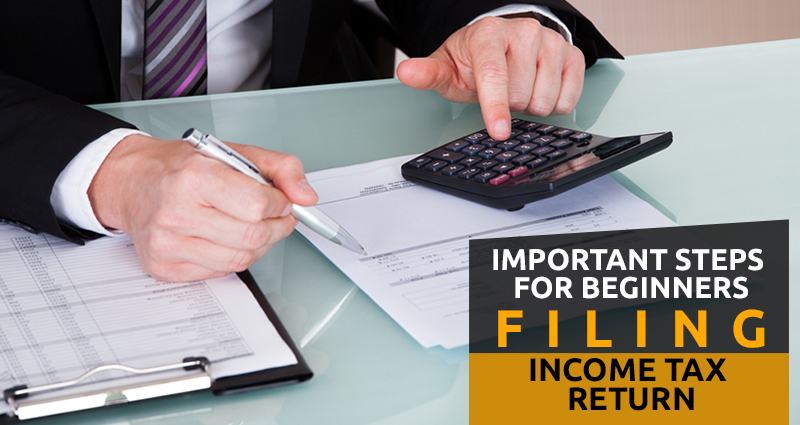| Rates | Commodity/Services |
|---|
| 0% | Milk, Butter Milk, Curd, Cereals, Natural Honey, Flour, Besan, Puffed rice, Papad, Bread, Prasad, Salt, Bindi. Sindoor, Contraceptives, Fresh Fruits and Vegetables, Firewood, Bangles (non-precious metals), Agricultural Implements, Stamps, Judicial Papers, Printed Books, Newspapers, Bangles, Human Blood, Guar meal, Hop cone (other than grounded, powdered or in pellet form), Certain dried vegetables such as sweet potatoes, maniac, Unworked coconut shell, Khandsari sugar, de-oiled rice bran, hearing aid accessories, Fortified milk, Sanitary pads, Raw material used in brooms, Commemorative coins circulated by the RBI or government, Saal leaves, Deities made of stone, marbles or wood, Vegetables in the state of uncooked or cooked by steaming or boiling in water while being frozen, branded and are in a unit container, Vegetable briefly preserved under the mixtures of sulfur dioxide gas, in brine, in sulfur water or in other preservative solutions but unsuitable in that state for immediate consumption, etc. |
| 5% | Namkeen/Bhujiya, Coffee, Tea, Kerosene, Coal, Cream, Skimmed Milk Powder, Branded Paneer, Frozen Vegetables, Processed Spices, Pizza Bread, Rusk, Sabudana, Medicines, Stent, Lifeboats, Soyabean, Groundnut, Sunflower Seeds, Vegetable Fats & Oils, Beet Sugar, Cane Sugar, Cocoa Beans, Shells, Paste, Tar, Peat, Lignite, Lpg For Domestic Consumption By Ioc, Hpcl, Bpcl, Nuclear Fuel, Nuclear Grade Sodium, Bakery Mixes, Doughs, Pizza Bread, Vermicelli, All Ores And Concentrates, Heavy Water and Other Nuclear Fuels, Compressed Air, Animal or Human Blood Vaccines, Iron/ Steel/ Ferrous Alloy – Kerosene Burners and Stoves, Iron/ Steel/ Ferrous Alloy – Table or Kitchen or Other Household Articles, Table or Kitchen or Other Household Articles of Copper, Copper Utensils, Solar Water Heater, Diagnostic Kits for Detection of All Types of Hepatitis, Newsprint, Handmade Safety Matches, Geometry Boxes, Hand Pumps, Renewable Energy Devices, Boats, Fishing Vehicles, Coronary Stents, Artificial Kidneys, Broomsticks, Jhadoo, Steel Utensils, Curtains, Toilet Linen, Blankets and Travelling Rugs, Bed Linen, Kitchen Linen, Terry Toweling, Terry Fabrics, Napkins, Mosquito Nets, Sacks and Bags, Man-made Apparel, Life Jackets (Highlighted Goods Under INR 1000), Job work on textile, Footwear under INR 1000, Cotton and Natural Fibres, Khadi Yarn, Match Boxes, Packed Organic Fertilizer, Fertilizers, Lobhan, Mishri, Batasha, Bura, Insulin, Agarbattis, Cashew Nuts, Mango Sliced Dry, Khakra & Plain chapati/roti, Food preparations for Weaker Sections, Ayurvedic/Unani/Siddha/Homeopathy medicines(Unbranded), Plastic Waste/Parings/ Scrap, Rubber Waste/Parings/ Scrap, Hard Rubber Waste or Scrap, Paper waste or scrap, puffed rice chikki, peanut chikki, sesame chikki, revdi, tilrevdi, khaza, kazuali, groundnut sweets gatta, kuliya, Flour of potatoes put up in unit container bearing a brand name, Chutney powder, Fly ash, Sulphur recovered in refining of crude, Fly ash aggregate with 90% or more fly ash content, Desiccated coconut, Narrow woven fabric including cotton newar [with no refund of unutilised input tax credit], Idli, dosa batter, Coir cordage and ropes, jute twine, coir products, Worn clothing, mehendi paste in cones, velvet fabric, tamarind kernel powder, articles of straw, Fertiliser grade phosphoric acid, Handloom dari, imported urea, E-books, Parts and accessories for the carriages for the disabled person, Marble rubble, Natural Cork, Walking Stick, Fly ash Blocks, Renewable energy devices & parts for their manufacture (biogas plant/solar power based devices, solar power generating system (SGPS) etc) [falling under chapter 84, 85 or 94 of the Tariff] or other equipment being used in such plants attracting GST, Construction services applicable to the solar power plants, For the clarification of all the cases having 70% of the gross value shall be deemed as the value of supply of the particular goods having 5% GST rate and the remaining portion (30%) of the aggregate value of such EPC contract shall be deemed as the value of supply of taxable service having standard GST rate, etc. |
| 12% | Dry Fruits In Packaged Form, Ayurvedic Medicines (Branded), Butter, Cheese, Ghee, Fruits And Vegetable Juices, Tooth Powder, Coloring Books, Picture Books, feature phones, Umbrella, Sewing Machine, Milk Beverages, Bio-Gas, Medicinal Grade Hydrogen Peroxide, Anaesthetics, Potassium Iodate, Iodine, Steam, Glands And Other Organs For Organo-Therapeutic Uses, Ayurvaedic, Unani, Homoeopathic Siddha Or Biochemic Systems Medicaments, Sterile Suture Materials, Sterile Catgut, Sterile Suture Material, Sterile Dental Yarns, Sterile Tissue Adhesives For Surgical Wound Closure, Dental Haemostatics, Fountain Pen Ink, Ball Pen Ink, Candles, Silicon Wafers, Natural Cork Wood Pulp, Children’S Drawing Books, Calendars, Ceramic Tableware, Kitchenware, Toilet Articles, Lenses Used In Spectacles, Barbed Wire Of Iron And Steel, Screw, Bolts, Nuts, Sewing/Knitting Needles, Lpg Stoves, Aluminium Utensils, Pencil Sharpeners, Knives, Power Driven Water Pumps, Electric Vehicles, Bicycles, Spectacle Lens, Led Lights, Sports Goods, Art Works, Antiques, Curtains, Toilet Linen, Blankets and Travelling Rugs, Bed Linen, Kitchen Linen, Terry Toweling, Terry Fabrics, Napkins, Mosquito Nets, Life Jackets, Man-made Apparel (Highlighted Goods Above INR 1000), All synthetic filament yarn, such as nylon, polyester, acrylic, All artificial filament yarn, such as viscose rayon, Cuprammonium, Wet grinders consisting of stone as grinder, Tanks and other armoured fighting vehicles, Condensed milk, Refined sugar and sugar cubes, Pasta, Curry paste, mayonnaise and salad dressings, mixed condiments and mixed seasoning, Diabetic food, Medicinal grade oxygen, Printing ink, Hand bags and shopping bags of jute and cotton, Hats (knitted or crocheted), Parts of specified agricultural, horticultural, forestry, harvesting or threshing machinery, Specified parts of sewing machine, Spectacles frames, Furniture wholly made of bamboo or cane, drinking water packed in 20 litre bottles, sprinklers Mechanical Sprayer, bamboo wood building joinery, drip irrigation system, bamboo flooring, Cork roughly squared or debagged, Articles of natural cork, Agglomerated cork, etc. |
| 18% | Preserved Vegetables, Tissues, Envelopes, Tampons, Note Books, Cornflakes, Pastries And Cakes, Jams, Jellies, Sauces, Soups, Ice Cream, Instant Food Mixes, Steel Products, Disinfectants, Household Plastic Products, Hot Water Bottles, Printed Circuits, Speakers, Camera, Smartphones, Infant Use Preparations, Waffles, Jams, Tea Concentrates, Sharbet, Mineral/Aerated Water (Without Sugar), Lpg For Domestic Supply By Ioc, Hpcl, Bpcl, Petroleum Jelly, Paraffin Wax, Petroleum Coke, Petroleum Bitumen, Nicotine Polacrilex Gum, Essential Oils, Hair Oil, Dentrifices -Toothpaste, Soap, Whey Proteins & Fitness Supplements, Gelatin, Propellant Powder, Insecticides, Fungicides, Toilet Paper, Notebooks, Helmets, Headgears, Copper Bars, Rods, Wires, Copper Screws, Nuts, Bolts, Nickel Bars, Rods, Nickel Screw, Nuts, Bolts, Nickel Tubes, Pipes, Netting, Aluminium Ingots, Rods, Wires, Lead Plates, Sheets, Strips, Zinc Goods, Tin Bars, Rods, Padlocks, Locks, Braille Typewriters, Manmade Fibres,Footwear above INR 1000, Biscuit, School Bags, Printers, Tractors Parts, Poster Colour, Marble, Granite, Cables, Insulated Conductors, electrical insulators, electrical plugs, switches, sockets, fuses, relays, electrical connectors, Electrical boards, panels, consoles, cabinets etc for electric control or distribution, Particle/fibre boards and ply wood. Article of wood, wooden frame, paving block, Furniture, mattress, bedding and similar furnishing, Trunk, suitcase, vanity cases, briefcases, travelling bags and other handbags, cases, Detergents, washing and cleaning preparations, Liquid or cream for washing the skin, Shampoos; Hair cream, Hair dyes (natural, herbal or synthetic) and similar other goods; henna powder or paste, not mixed with any other ingredient, Pre-shave, shaving or after-shave preparations, personal deodorants, bath preparations, perfumery, cosmetic or toilet preparations, room deodorisers, Perfumes and toilet waters, Beauty or make-up preparations, Fans, pumps, compressors, Lamp and light fitting, Primary cell and primary batteries, Sanitary ware and parts thereof of all kind, Articles of plastic, floor covering, baths, shower, sinks, washbasins, seats, sanitary ware of plastic, Slabs of marbles and granite, Goods of marble and granite such as tiles, Ceramic tiles of all kinds, Miscellaneous articles such as vacuum flasks, lighters, Wrist watches, clocks, watch movement, watch cases, straps, parts, Articles of cutlery, stoves, cookers and similar non electric domestic appliances, Razor and razor blades. Multi-functional printers, cartridges, Office or desk equipment, Door, windows and frames of aluminium, Articles of plaster such as board, sheet, Articles of cement or concrete or stone and artificial stone, Articles of asphalt or slate, Articles of mica, Ceramic flooring blocks, pipes, conduit, pipe fitting, Wall paper and wall covering, Glass of all kinds and articles thereof such as mirror, safety glass, sheets, glassware, Electrical, electronic weighing machinery, Fire extinguishers and fire extinguishing charge, Fork lifts, lifting and handling equipment, Bull dozers, excavators, loaders, road rollers, Earth moving and levelling machinery, Escalators, Cooling towers, pressure vessels, reactors, Crankshaft for sewing machine, tailor’s dummies, bearing housings, gears and gearing; ball or roller screws; gaskets, Electrical apparatus for radio and television broadcasting, Sound recording or reproducing apparatus, Signalling, safety or traffic control equipment for transports, Physical exercise equipment, festival and carnival equipment, swings, shooting galleries, roundabouts, gymnastic and athletic equipment, All musical instruments and their parts, Artificial flowers, foliage and artificial fruits, Explosive, anti-knocking preparation, fireworks, Cocoa butter, fat, oil powder, Extract, essence ad concentrates of coffee, miscellaneous food preparations, Chocolates, Chewing gum / bubble gum, Malt extract and food preparations of flour, groats, meal, starch or malt extract, Waffles and wafers coated with chocolate or containing chocolate, Rubber tubes and miscellaneous articles of rubber, Goggles, binoculars, telescope, Cinematographic cameras and projectors, image projector, Microscope, specified laboratory equipment, specified scientific equipment such as for meteorology, hydrology, oceanography, geology, Solvent, thinners, hydraulic fluids, anti-freezing preparation, second-hand medium & SUVs, Bio-fuels powered buses, Sugar boiled confectionery, admission to theme parks, water parks, Lithium-ion batteries, Food grinders, mixers, Vaccum cleaners, Shavers, hair clippers, Storage water heaters, Water cooler, Ice cream freezer, Paint, Electric smoothing irons, Refrigerators, Perfumes, Hand dryers, Cosmetics, Scents, Varnishes, Trailers, Special Purpose Vehicle, Work Truck, Photographs, Mirrors, Toilet Spray, Hair Curlers, Bamboo Flooring, TV (up to 68 cm i.e. 27 inches), putty, washing machine, Concrete Mixer, TVs and Monitor screen of up to 32 inches screen size, Pulleys, transmission shafts, and cranks, gearboxes, etc. falling under HS Code 8483, Re-treaded or used pneumatic tires of rubber, Power banks having lithium ion batteries note that Lithium-ion batteries are currently at 18%, Parts and accessories for the carriages for disabled persons, Digital cameras and video camera recorders, etc. |
| 28% | Automobiles, Motorcycles, Molasses, Chocolate Not Containing Cocoa, Aerated Water, Dishwasher, Atm, Vending Machines, Aircraft For Personal Use, Yachts, Powder, Chocolates, Instant, Aroma Coffee, Coffee Concentrates, Custard Powder, Protein Concentrates, Sugar Syrups, Aerated Water (With Sugar), Artists’, Students’ Or Signboard Colours, Wall Fillings, Dental Floss, Toothpaste, Liquid Soap, Commercial Plastic Products, Rubber Tyres, Fur & Artificial Fur Apparel, Particle Board, Plywood, Headbands, Felt Hats, Wigs, False Beards, Eyelashes, Artificial Flowers, Plaster, Calcerous Stone, Tempered Glass, Stoves (Other Than Kerosene Stove And Lpg Stoves), Barbecues, Braziers, Gas-Rings, Electrical Hot Plates, Electrical Heaters, Aluminium Foil, Razors, Manicure, Pedicure Sets, Air-conditioners, Printer, Photocopier, Fax Machines, Motor Cars, Pianos, Revolvers, Monitor screen of more than 32 inches screen size, Furniture, portland cement, electric batteries, etc. |


